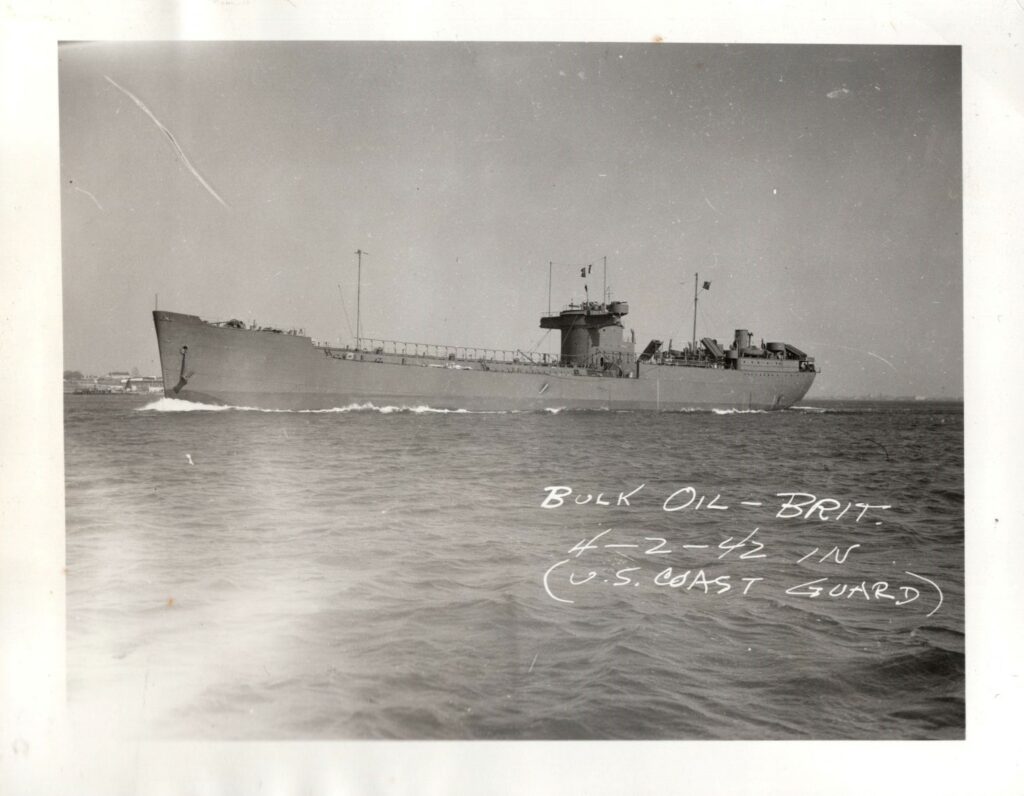



Second new tanker completed at the Welding Shipyards, Inc. yard at Sewall’s Point, next to the Naval Base. Prior to establishing Welding Shipyards as a yard to construct new tankers, he had been contracting with the Maritime Commission to modernize and convert obsolete vessels from the WWI period into tankers. Following passage of the Jones Act, this had been a fairly important means of revitalizing American merchant shipping, and it was a lucrative business for Ludwig. Virtually all his contracts allowed him to sell machinery and parts that were removed as part of the renovation. This gave him a means to offset the cost of the vessel and its modernization, while acquiring a useful ship at the end process.
Ludwig had discovered that one of the ships he had contracted to buy was not quite as valuable as he originally believed, having experimental turbine-electric engines from a limited production run during WWI. These engines were troublesome and prone to electric arcs that would make use on any tanker too dangerous to allow, precluding his ability to sell them and their associated equipment. In short, he was stuck with a stinker and he would not recoup his investment the way he did with others. He sought a way out of the deal, and agreed to build Virginia and another smaller tanker as part of a deal to escape the contract. Even though the government didn’t really include her in the final arrangement, Bulkoil was that smaller tanker.
For more information and photos, see the Maritime Administration history.
| Ship | Hull# | Built | GRT | DWT | Length | Beam | Comments |
|---|---|---|---|---|---|---|---|
| Bulkoil(I) | 10 | 1942 | 8,071 | 13,080 | 456’6″ | 59’2″ | Smaller tanker. Renamed Munger T. Ball 1947, Transwestern 1958. Scrapped in Burght, Belgium in 1961. |